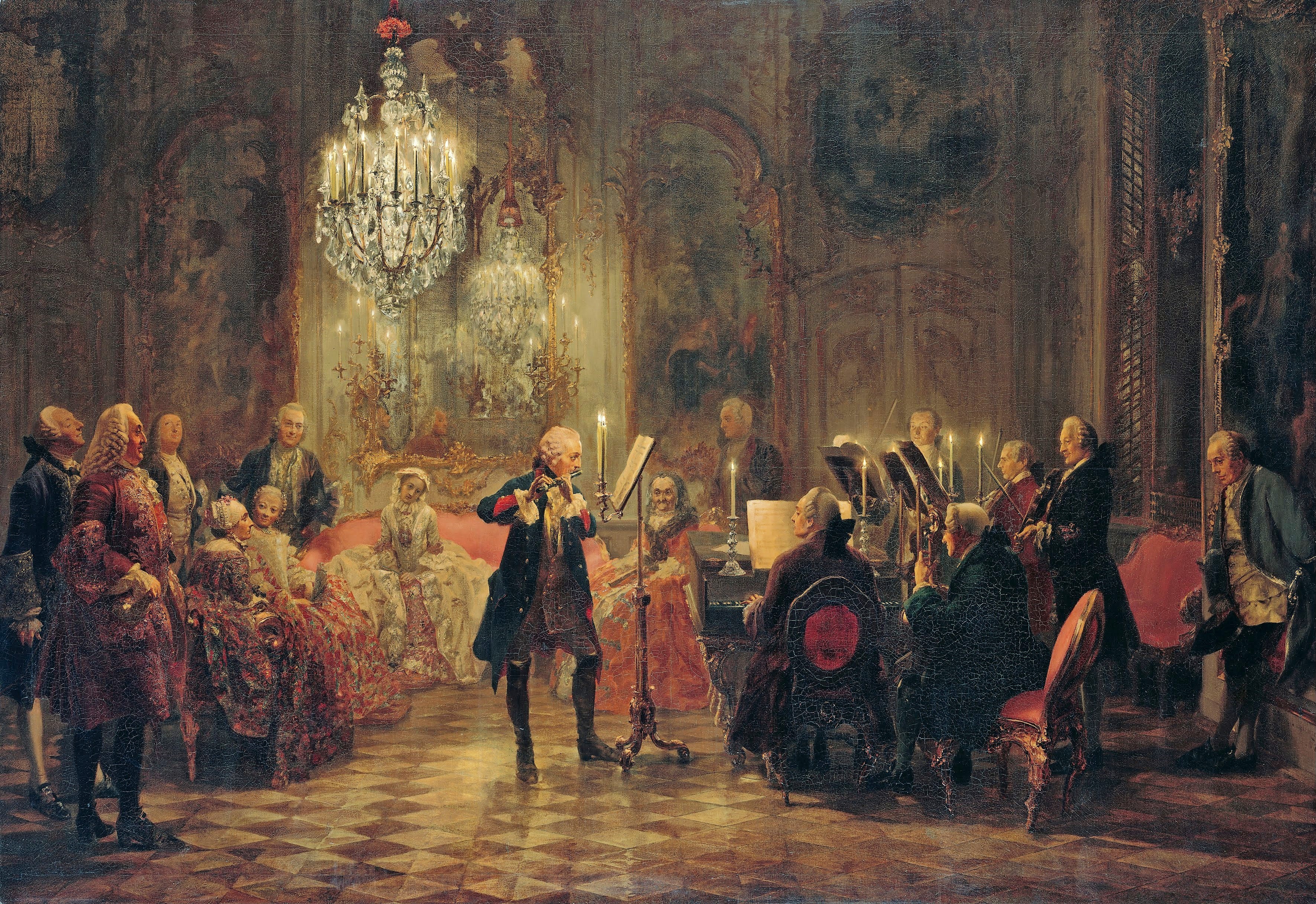Baroque Music (c.1680 – c.1750)
 |
| J. S. Bach at the age of 35 |
Organ music has flourished chiefly in the church, either as part of the liturgy or as a necessary adjunct to the service. In the organ music of Bach, the forms and styles of German, French, and Italian organ music reached their culmination of artistic expression. My favorite organ piece, and the one we will focus on, is Bach's Toccata and Fugue in D minor, BWV 565.
How about a little background of J.S. Bach's life? J.S. Bach was born in Germany to a large family of accomplished musicians, he was known primarily as one of Germany’s great organists, as a keyboard composer and a powerful improviser. Wagner called him “nothing less than the most stupendous miracle in all music."
His Toccata and Fugue in D minor is among his most celebrated and well-known organ works and was written before 1708. It is such an amazing piece that inspired Stokowski to compose one of his most famous arrangement, Toccata and Fugue in D minor for full orchestra, in 1927, and it was premiered by the Philadelphia Orchestra. Stokowski strove to keep the structural integrity of the piece, but reformatted it for the acoustical expectations of a twentieth-century concertgoer. He used a modern orchestral palate to highlight the different levels of counterpoint and textures. Shall we ear it?
Canadian Brass member Fred Mills was inspired to make this arrangement by conductor Leopold Stokowski. For some, recasting a Bach organ work for a brass quintet might seem sacrilege, but Mills did an amazing job and his arrangement is now part of the standard repertoire for Brass quintet.
Side-note, the UMass Graduate Brass Quintet will be performing this piece on November 19th, at 8pm in Bezanson Concert Hall, come hear us!!!
This piece has such an beautiful intensity and a sophisticated level of Bach compositional techniques that became very popular. In fact, nowadays it is most widely known by its appearance in the opening minutes of the 1940 Disney movie Fantasia and also because it has a strong association in Western culture with horror films.
The first part of Bach’s piece is a toccata, an improvisatory-style piece used as prelude. It also represents a musical form for keyboard instruments that is designed to reveal the virtuosity of the performer’s touch. It was Bach's inspiration to combine a toccata with a following fugue, a tightly structured form in which a theme is developed in different keys so that it harmonizes with itself. In the current work, the theme of the fugue is based on the first few notes of the toccata, opening in the trumpet and gradually passing the theme around the brass quintet before the toccata itself returns for a grand finale.
Anyways, as I am a trumpet player, here is my favorite arrangement recording. Unfortunately I wasn't able to find the Fugue as well: German Brass - Toccata


Tracing Bach's Toccata and Fugue in D Minor through its most popular arrangements - Organ piece, Orchestral work, Brass Quintet - was a great idea. I wonder, how did the piece's original function and meaning change as it was re-arranged in each of these forms?
ResponderExcluir